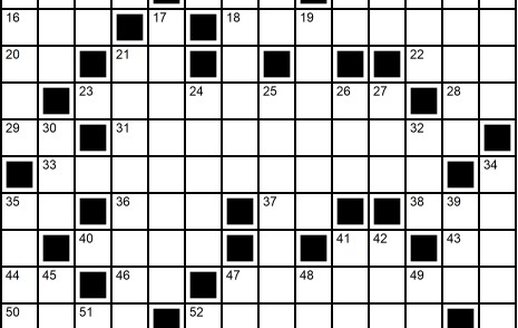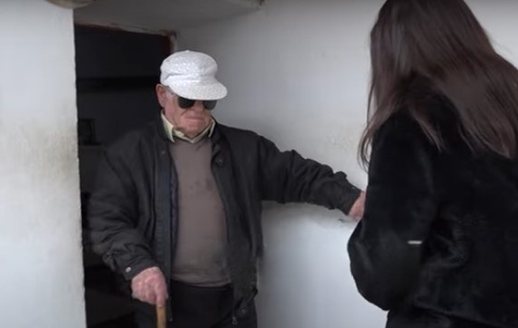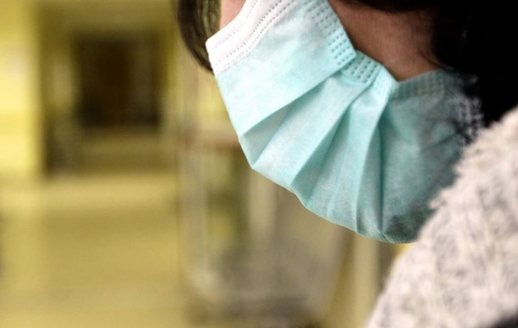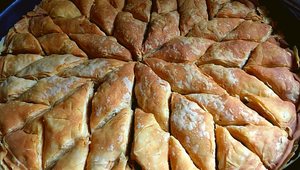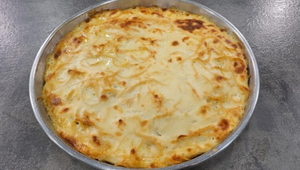
Albanian-speaking village in Bulgaria


The only Albanian community in Bulgaria is registered in Mandrica, which is the only Albanian village in Bulgaria and is located near the Bulgarian-Greek border.
This village was founded in 1636 by some Orthodox Albanian shepherds who supplied the Ottoman army with dairy products and who had served in the Ottoman army.
They were allowed to occupy a piece of land and were exempt from paying taxes.
Mandritsa is located on the right bank of the Byala River, in the easternmost part of the Rhodope Mountains, 15 km south of Ivaylograd and 2 km west of the Luda River, which forms the border with Greece.
Most Albanian speakers arrived in the 18th century from the areas around Korca and in the 19th century from the region of Suli, in Epirus.
Locals kept the Suliote national costumes until the 19th century, when the dress was replaced by the "Thracian kile".
However, their women's clothing was preserved until their mass emigration to Greece in 1913.
In the 19th century, Mandritsa was a small town of Greeks, who identified themselves as Albanians, in the basin of Didymoteikos.
In 1873, the village had 250 heads of households with 1080 Albanian inhabitants.
Mandritsa was liberated from Ottoman rule on October 15, 1912, during the First Balkan War by units of the First Bulgarian Army, but was reoccupied by the Ottomans during the Second Balkan War.
According to the Treaty of Constantinople, the village passed to Bulgaria.
A large number of inhabitants fled with the Ottomans and stayed as refugees for 6 months, before leaving for Greece via Constantinople and Rhodes, and only 40 of them stayed in Bulgaria while another 100 settled in the village of Hambarkoy, near Kilkis, whom he called Mandres, in their honor, and the rest, populous villages in Greek Macedonia and Western Thrace.
The Bulgarian government settled there Bulgarian refugees from Thrace and Macedonia (from the Edessa region of Greece) and in 1929, another wave of immigration to Greece followed.
Their main activities were: silk weaving, tobacco cultivation, manufacturing and trade. At the beginning of the 20th century, the village reached about 3,500 inhabitants, while today Mandritsa is a small village with about 70 inhabitants, some of whom still speak a pronounced dialect of Albanian, the Toskreshtian.
However, despite all the barriers they have had over the years, the remaining residents of the village of Mandricë, most of whom are elderly, have managed to preserve the old Albanian language and proudly display their origins, without neglecting Albanian culture and tradition. .
Their association has many virtual members from different countries of the world originating from this village and working together to re-evaluate its beauties and promote investment and tourism; In 2016, a small, beautiful hotel with a bar and restaurant was built in Mandrica.
Nowadays, it is difficult to determine the exact number of Albanians with permanent residence in Bulgaria, as both people and official statistics are missing. and as a single reference we have the population census data, currently located in Arbanasi and Mandrica, in total. about 400 inhabitants.
Happening now...
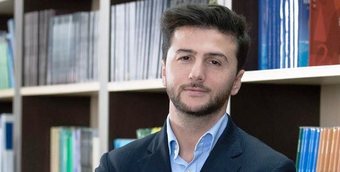
83 mandates are not immunity for Rama's friends
ideas
top
Alfa recipes
TRENDING 
services
- POLICE129
- STREET POLICE126
- AMBULANCE112
- FIREFIGHTER128


